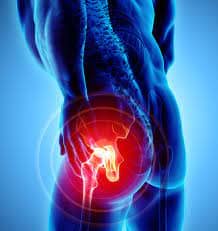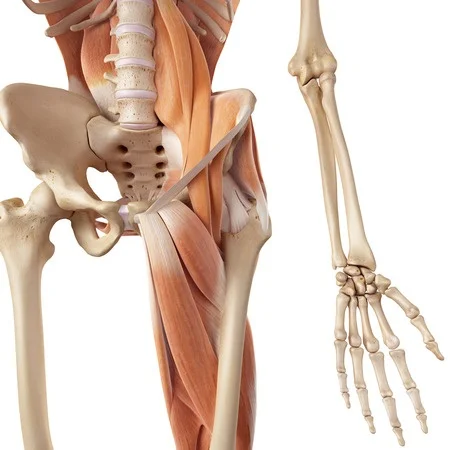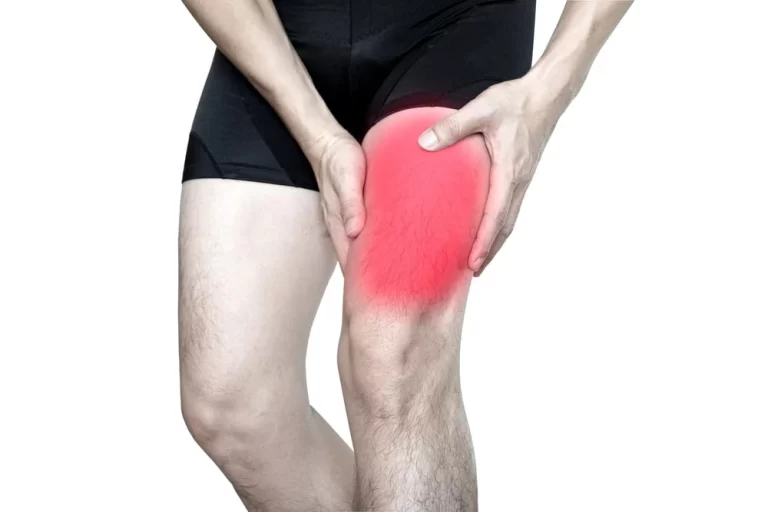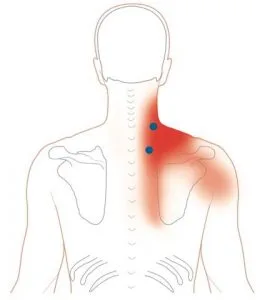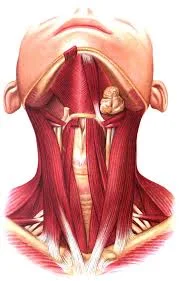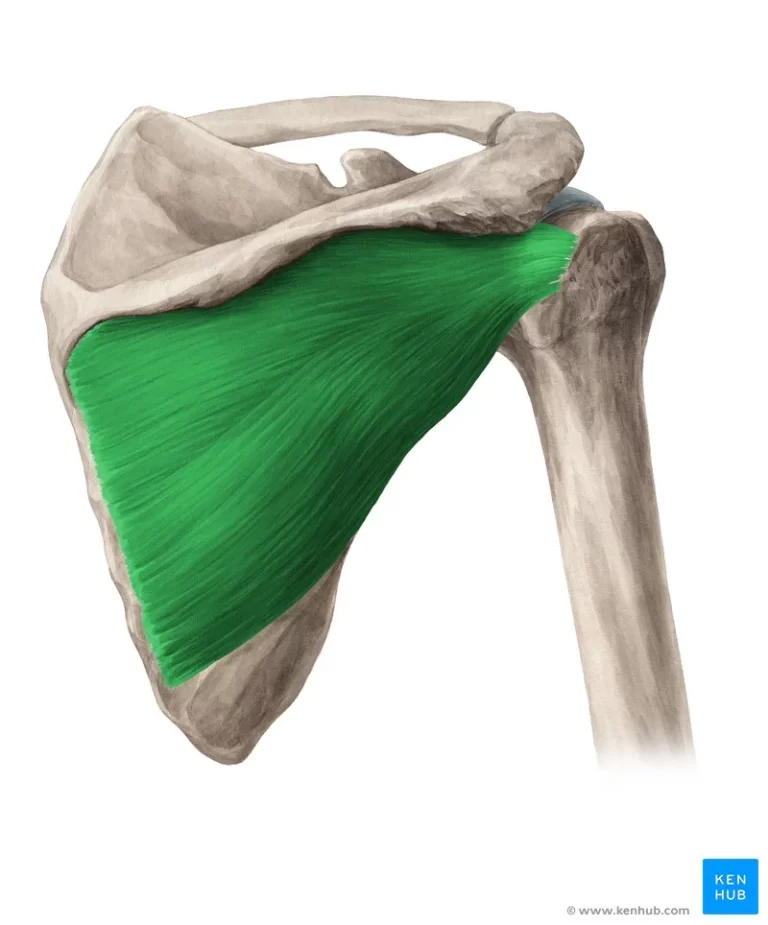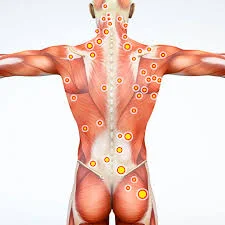Gluteus Medius Muscle Pain
What is a Gluteus Medius Muscle Pain?
Gluteus Medius Muscle Pain is a common yet often overlooked condition that can significantly impact your daily activities and overall mobility.
When the gluteus medius is underworked or weakens as a result of prolonged periods of sedentary sitting, it can cause pain or discomfort. The gluteus medius muscle is severely strained by prolonged sitting. Gluteus medius discomfort persists when the muscle loses its normal range of motion and function.
Repetitive microtrauma to the gluteus medius muscle from activities like overusing exercise equipment, jogging on soft terrain, and repetitive motions requiring hip abduction can also cause gluteus medius discomfort.
What Is The Gluteus Medius?
Above the gluteus medius lies the primary buttock muscle, the gluteus maximus. This muscle is situated on the outside of your ilium. Of the gluteus medius, about one-third is covered by the gluteus maximus muscle. It descends diagonally in the direction of the hip side.
How the gluteal muscles work:
- It keeps the opposing pelvic side from falling, which is crucial for exercises like walking, jogging, and single-leg weight bearing.
- To maintain and balance the pelvis during walking, the gluteal muscle generates hip rotation in support of the gluteus maximus and gluteus minimus.
Causes Of Gluteus Medius Pain?
High-impact sports like basketball and soccer frequently cause athletes and runners to have poor gluteus medius muscle flexibility, which can lead to muscular rupture or tear. The following factors typically contribute to gluteal muscle pain:
- The gluteus medius muscle can rupture completely or partially as a result of degenerative changes and severe traumas.
- Gluteus medius inhibition is caused by tight hip abductors.
- sitting for extended periods of time cross-legged.
- Gluteus medius tendon inflammation or degeneration.
- failure to perform hip flexor stretches.
- When standing with one side of the body weight altered, the pelvis sways to one side.
- Buttock discomfort, sometimes referred to as hamstring tendinopathy, is caused by inflammation or degeneration of the gluteus medius muscle.
Symptoms of Gluteus Medius Pain?
Lying on the side of the hip that is afflicted, continuing to walk or sit for extended periods of time, climbing stairs, and jogging can all exacerbate gluteus medius pain. A person who has hip discomfort may have the following symptoms:
- Tenderness on the hip’s affected side
- unable to support the injured limb with appropriate weight.
- bursa inflammation in the hip.
- Sciatica
- Nighttime severe discomfort that keeps me from falling asleep
- A reduction in hip range of motion
- Walking with a limp
- malfunction of the gluteus medius muscle (issue with the lower extremities)
- Hip discomfort can occasionally be confused with lower back pain, bursitis, sciatica, or hamstring tendinopathy. See an orthopedic surgeon right away if you suffer from any of the above-mentioned signs of gluteal medius discomfort.
How Is Gluteus Medius Pain Diagnosed?
A thorough physical examination and medical history are required to diagnose hip pain in order to pinpoint the precise site and degree of the discomfort.
Physical Examination:
The patient’s physical examination consists of:
- Evaluation of the patient’s walking style or gait
- Assessing the strength of the muscles
- The affected muscle is palpated.
- A positive Trendelenburg sign or a single-leg squat test can be used to determine whether the discomfort is coming from a gluteus medius rupture.
X-ray Or Ultrasound:
Ultrasound can assess the integrity of the gluteal tendons, whereas X-rays are an efficient way to detect pathological alterations in the gluteus medius muscle. Different kinds of tendon rips, limited range of motion, gluteal inflammation, and gluteal discomfort can all be detected by musculoskeletal ultrasonography.
Treatment Options For Gluteus Medius Pain:
There are several therapy techniques available to restore the gluteus medius muscle to its original function. Some of the best methods for treating gluteal medius discomfort include the following:
Prolotherapy
- Prolotherapy’s scientifically proven effectiveness in treating gluteal medius discomfort has led to its increased acceptance in the medical community in recent years.
- Published research has shown its anti-inflammatory, regenerative, and pain-relieving qualities.
- Prolotherapy involves injecting a natural regenerative fluid using tiny needles.
RICE Therapy:
The main purpose of ICE therapy is to provide immediate relief from gluteal medius discomfort. It includes:
- Rest
- Ice
- Compression
- Elevation
Stretching exercises, deep tissue massage, and physical treatment from a licensed physiotherapist can help to relieve lower back discomfort while strengthening hip muscles and increasing mobility. Additionally, pain-free walking can be facilitated with assistive equipment like crutches and a cane. Another way to avoid overstretching the glutes is to place a cushion between your legs.
NSAIDs:
Gluteal muscle soreness and inflammation can be lessened with the use of steroid injections and non-steroidal anti-inflammatory drugs (NSAIDs). Using ultrasonography, steroid injections are given. A large needle is inserted close to the injury site to deliver the steroid straight to the location of inflammation.
Surgery:
When a patient has pain in the gluteus medius due to a completely torn gluteal muscle, surgery is advised. By regaining the gluteus medius muscle’s power and function, surgery can reduce discomfort.
Complications Of Gluteus Medius Pain?
Untreated or disregarded gluteus medius discomfort can lead to a number of health issues, such as:
- Prolonged lower back discomfort brought on by altered gait
- osteoarthritis in the knee
- Injuries to the ankle’s ligaments, tendons, or cartilage, including arthritis
- The instability of the knee is brought on by iliotibial band dysfunction.
- Osteoarthritis in the hips
- Gluteus medius full-thickness rip
Summary
Located at the sides of the hips, the gluteus medius muscle plays a crucial role in stabilizing the pelvis. When the gluteus medius muscle is overworked by excessive physical activity, strained or damaged, or impacted by low back discomfort, it can become too weak to handle the demands of daily life.
The best way to reduce discomfort is to strengthen the muscle, however, stretching, massage, and medicine may all be helpful. While physical therapy is usually beneficial for all cases of gluteus medius discomfort, severe cases may require surgery if the muscle or tendon is severely injured. To find the best course of action for your symptoms, think about first consulting your PCP.
FAQs
Does walking help with discomfort in the gluteus medius?
Indeed, walking may play a significant role in your gluteal tendinopathy rehabilitation and recovery, but there are a few things to take into account. In fact, going overboard might make matters worse.
Which medication works best for gluteal pain?
For deeper injuries and muscular spasms, anti-inflammatory medications such as ibuprofen are the most effective. For minor muscle injuries, over-the-counter medications may also be effective.
What makes the gluteus medius weaker?
Staying inactive causes these muscles to get acclimated to not being stretched, increasing your risk of injury from abrupt movements.
Which type of physician handles discomfort in the gluteus medius?
Gluteus medius tear treatments
You should see an orthopedic surgeon to have your injury evaluated, diagnosed, and treated if those simpler approaches are ineffective. In order to understand your injury, Dr. Harris will perform a physical examination and discuss your symptoms with you.
Which workouts are best avoided if you have gluteal pain?
To keep the issue from becoming worse, avoid workouts that put too much strain or compression on the gluteal tendons, such as deep squats, side-lying leg lifts, stretching exercises, and high-impact activities.
How can gluteal medius discomfort be resolved?
Stretching the gluteus medius muscle might assist relieve pain if it’s really tight and producing issues. To stretch the outside of your hip, try lying on your back and dragging your leg across your torso. To extend the sides of your hips, you may alternatively stand, lean forward, and cross one foot behind the other.
How can I manage discomfort in my gluteus medius at home?
Place the afflicted leg’s ankle close to your knee on the thigh on the other side. Your afflicted leg’s knee should be softly pushed out from your body with your palm until your hips begin to slowly extend. For 15 to 30 seconds, hold the stretch.
What exacerbates discomfort in the gluteus medius?
Additionally, the area surrounding your injury may be swollen, heated, or red, and moving your hip frequently exacerbates the discomfort.
How can gluteus medius discomfort be detected?
The patient lies supine during the exam. Next, add external rotation to the end of range, adduct the hip, and flex the hip to 90°. In order to enhance the tensile and compressive stresses on the gluteus medius and minimus tendon, instruct the patient to undertake isometric internal rotation against your resistance.
What is the duration of gluteal pain?
In general, minor strains can recover in a few days to a week. Severe strains may require four to six weeks or more to fully heal, whereas mild strains may require two to three weeks.
Does walking help with discomfort in the gluteus medius?
Indeed, walking may play a significant role in your gluteal tendinopathy rehabilitation and recovery, but there are a few things to take into account. In fact, going overboard might make matters worse.
How can I get rid of glute discomfort when I sleep?
Supporting your hips and spine is essential if you have piriformis syndrome. You may do this by resting on a medium-firm mattress, lying on your side or back, and placing support pillows beneath or between your knees. Performing stretches during the day might also be helpful.
What is the best way to manage discomfort in the gluteus medius?
Strengthening the region can increase mobility and assist your gluteus medius avoid further damage, in addition to aiding in the recovery of the injured muscle.
What specific test is used to diagnose gluteal pain?
Passive straight leg flexion with the knee extended indicates gluteal or leg discomfort, which is the cause of a positive straight leg raising test. Reduced nerve excursion may be associated with irritation of the nerve roots and potential entrapment.
References
- Dpt, K. G. P. (2023, December 18). Gluteus Medius Pain: What Are My Treatment Options? Verywell Health. https://www.verywellhealth.com/gluteus-medius-pain-7966730
- Gluteus Medius Pain: Is This Causing Your Butt Pain? – CSC. (2023, November 30). Centeno-Schultz Clinic. https://centenoschultz.com/symptom/gluteus-medius-pain/

